How to Prepare for a Hurricane: Your Step-by-Step Readiness Plan
Learn the most effective ways to safeguard your home, your family, and your future before the next storm arrives
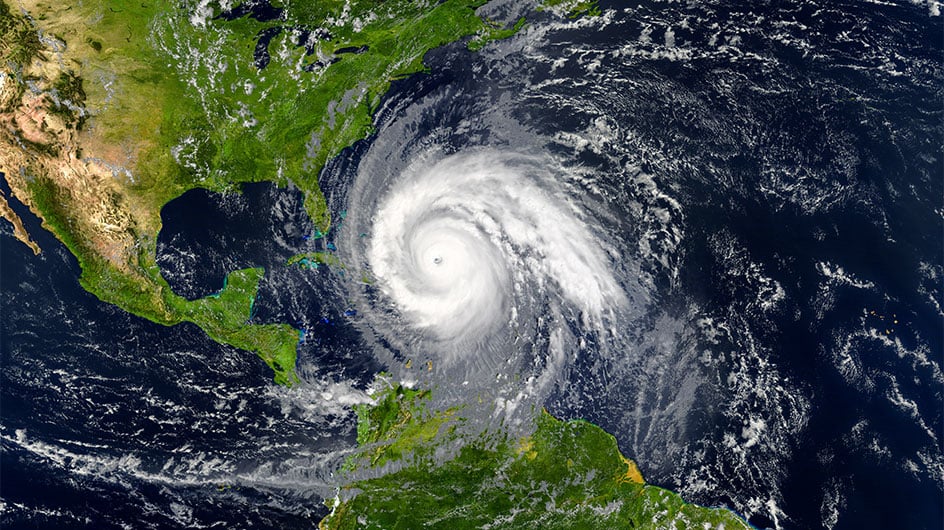

Hurricanes are among the most powerful storms in nature. In fact, they have caused more death and destruction than any type of weather event in US history, according to the National Oceanic and Atmospheric Administration (NOAA). In 2024, two major storms—Hurricane Helene and Hurricane Milton—devastated the Southeast and Gulf Coast, killing nearly 300 people and causing a combined $90 billion in damage.
Hurricane season in the Atlantic Basin is already underway and runs through November 30. NOAA predicts an above-average season for 2025, but it takes only one storm to have major impact if you live in a hurricane-prone area.
Your best defense is readiness. Knowing how to prepare for a hurricane is essential for protecting your home, your family, and your peace of mind. By taking action early—well before a storm is on the radar—you can stay safer, reduce potential damage, and speed up recovery afterward.
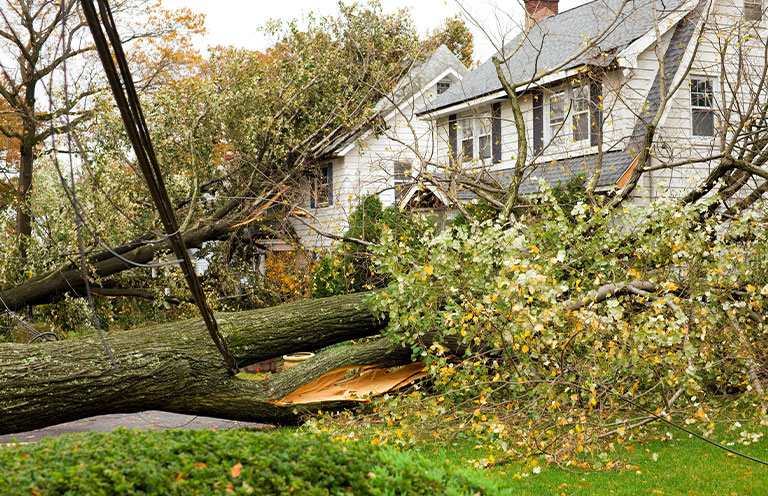
Know your risk
Awareness is key. Understanding how a hurricane could affect you and your home can help you create a smart, effective emergency plan.
Understand the threats
Hurricanes bring a range of serious hazards, including storm surge (an abnormal rise in water level, which is one of the deadliest hurricane hazards), inland flooding, strong winds, tornadoes, high surf, and dangerous rip currents. Your level of risk may vary depending on where you live and how close you are to the coast.
Know if you live in a flood-prone area or an evacuation zone
These locations are more vulnerable to hurricane impacts, making a well-thought-out emergency plan even more critical.
Assess your home’s structural risks
Does your home have any features that could make it especially unsafe during a hurricane? For example, mobile homes are more susceptible to wind damage, and basements are particularly prone to flooding.
Stay informed
Regularly monitor trusted weather and news sources before, during, and after a storm for updates on timing, impacts, and any emergency instructions.
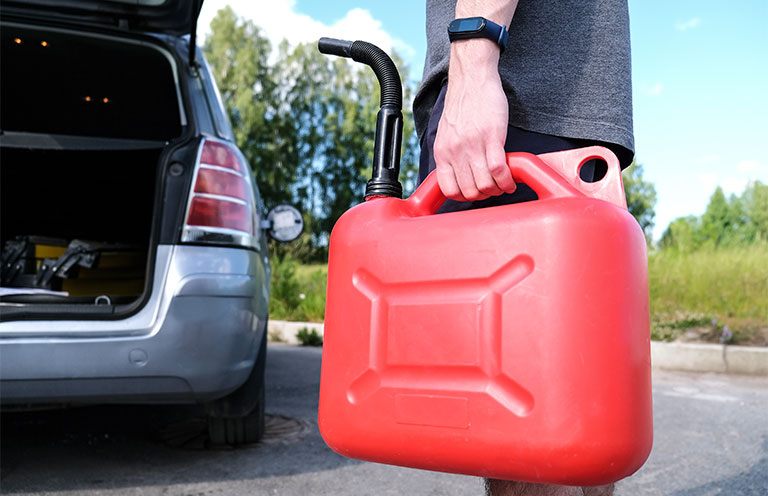
Prepare now
Now—not tomorrow—is the time to get your plan and supplies together. Doing so now means you won’t have to scramble if a tropical system approaches, and stores are more likely to have the supplies you need in stock.
Create your evacuation plan
If you had to leave immediately, where would you go—and how would you get there? Map out several routes in the case of road closures. Aim to stay in a well-built home or building outside flood zones. And remember to include pets in the plan.
No vehicle? Reach out to local officials ahead of time to learn about transportation options so that you’re not left scrambling when it’s time to go. Officials can also advise on local shelters and accessibility for those with disabilities or medical needs.
Check your insurance coverage
Make sure your policy covers repairs or replacement for your home or belongings, and confirm that you have flood insurance, which often requires a separate policy.
Develop a communication plan
Write down a detailed outline of your emergency plan, and share it with your family. Keep hard copies of important contact information in case you can’t access your phone or digital devices.
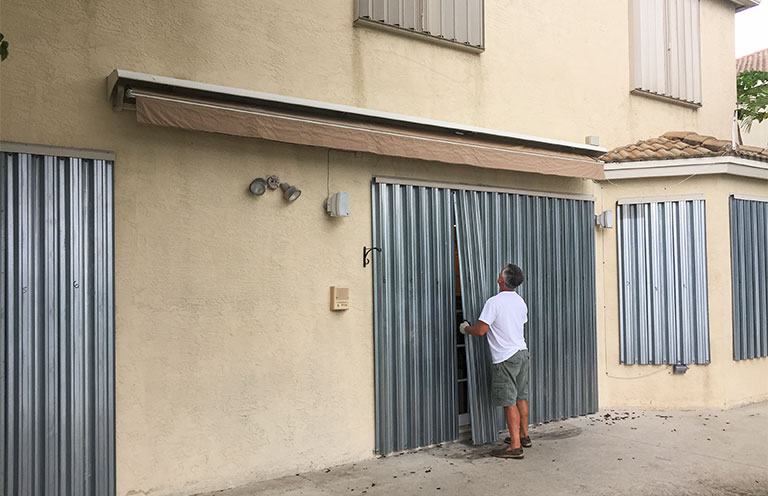
Reinforce your home
To strengthen your home against hurricanes, NOAA officials recommend the following:
- Trimming trees around your property
- Installing storm shutters, accordion shutters, or impact-resistant glass
- Sealing exterior wall openings
- Bracing garage doors to withstand hurricane-force winds (garage doors are often the most vulnerable part of the home)
If you rent your home, talk with your landlord in advance to develop a storm preparedness plan together.
Purchase supplies to secure your home
Stock up on plywood, or steel or aluminum panels now so that you can board up windows and doors if a storm approaches. Also consider purchasing backup power sources such as generators or solar chargers—and always follow safety guidelines to avoid carbon-monoxide poisoning when using a generator.
Protect important documents
Be sure to keep IDs, insurance papers, home deeds, and any other important papers in waterproof, fireproof storage.
Have cash on hand
ATMs and card readers may not work post-storm, so having a sufficient amount of cash easily accessible is wise.
Fuel up your vehicle
Top off your vehicle’s gas tank, and consider safely storing some extra fuel in the event that gas stations are closed and not accessible.
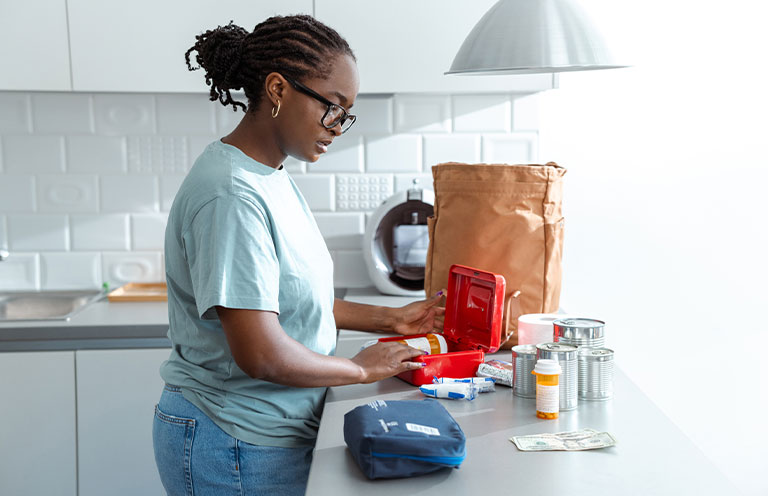
Create your supply kit
If a hurricane strikes, you’ll need enough essentials to get through the storm—and potentially a prolonged aftermath—without electricity or running water. At a minimum, your disaster supply kit should include the following:
- At least three days’ worth of nonperishable food and water (one gallon per person, per day) for each family member and pet
- A manual can opener
- Flashlights and extra batteries
- A cell phone and portable charger
- A battery-powered or hand-crank radio as well as a NOAA Weather Radio with tone alert
- A first-aid kit and at least a week’s worth of medication
- Moist towelettes, garbage bags, and plastic ties for sanitation
Store these items in airtight plastic bags, and place everything in easy-to-carry containers, such as plastic bins or duffel bags.
For a more detailed list of what to include in your kit, visit ready.gov/kit.
. . . . .
Tropical cyclones—whether depressions, storms, or hurricanes—can pose serious threats to life and property. Knowing how to prepare for a hurricane can help you weather the storm more safely and confidently. For more information about hurricane preparedness, visit noaa.gov/hurricane-prep.
